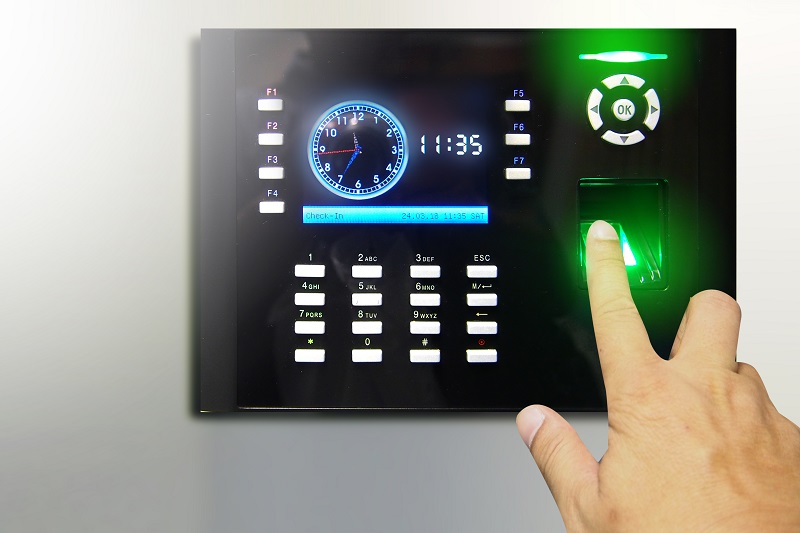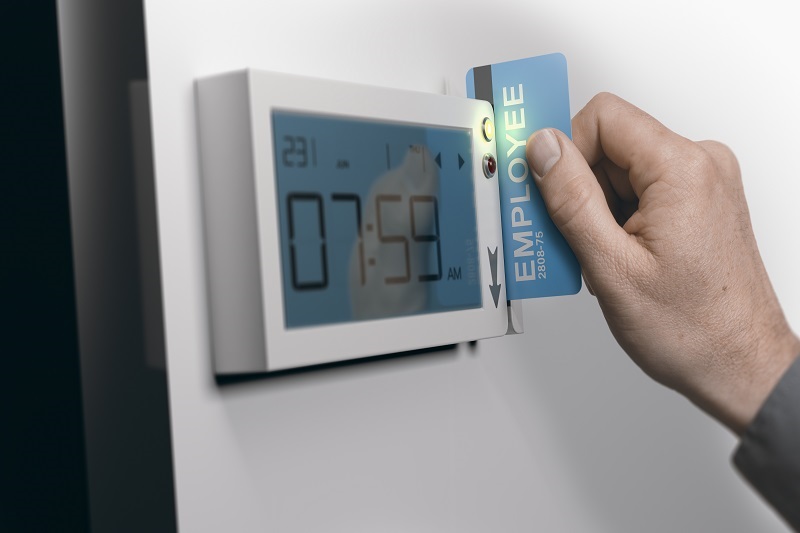Table of Contents
Time and attendance systems are systems used for tracking the time of your employees starting and ending their working hours. With this system, an employer can keep track of the times when an employee is arriving at the workplace, leaving it, taking a break, taking an off, disappearing from the office without informing, etc.
Almost all employees try to steal a few minutes to do their personal work or come late and leave early habits. These few minutes actually add up to several hours, costing you a lot on the productivity of your business.
Traditionally, manual attendance systems were used in offices to note down work times of employees, but now automated systems have come up which are harder to dupe and give accurate time details. Let’s see how these TNA systems help.

How Time and Attendance Systems Work?
An automated system works by allowing employees to key in their times electronically via telephone, mobile device, computer network or time clock. A software program gets access to this data in order to create your payroll system. In addition to tracking your employees coming in and going out, good time and attendance systems also do the following:
- Help in managing paid time offs
- Track on-field employees through geo-fencing or geolocation
- Make employee schedules
- Access detailed data of the labor
- Gives a report of employees who are working, who are on off, who came late and who are over-timing
The biggest advantage of having this system at your workplace is that it eliminates the need to maintain any manual time registers. Since the timings are collected electronically and automatically, there are no chances of errors or intentional tricks. It also allows employers to quickly access each employee’s wages, thereby saving their time and money which they would have wasted otherwise in accounting.

Things to Look for in Time and Attendance Systems
Now that you have made up your mind to install a TNA system in your office, there are several things that you need to look for in it:
- Accurate timing: The system should track actual work time of the employees so that you pay them for hours they work for, not for the hours they are scheduled for.
- User-friendly interface: Look for a system that has a user-friendly interface. It should not be difficult for you and your employees to use it efficiently.
- Management time issues: In addition to noting the coming in and going out times of the employees, the system should also help you manage employee schedules, paid time offs, time break requests, etc.
- Real-time notifications: Time and attendance systems send real-time notifications to the concerned persons via email or message whenever an employee comes late, takes a longer lunch, leaves early, or does not turn up even after an allowed break.
- Mobile friendly: Since some of your employees may be assigned to work out of office, even out of town, the time and attendance system that you choose should be compatible with their mobile device too. This will not allow remote employees to check in and check out from their location but also helps in tracking their location so that you can know whether they are working at the place where they are supposed to be or not.
- Flexibility: A system that you choose should allow your employees to punch in their working hours through multiple platforms, such as a smartphone, time clock, text message, telephone, tablet, laptop, computer network or any other device.
These were a few basics of time and attendance systems. With this guide, you will able to choose the one that best suits your business and employee needs.



